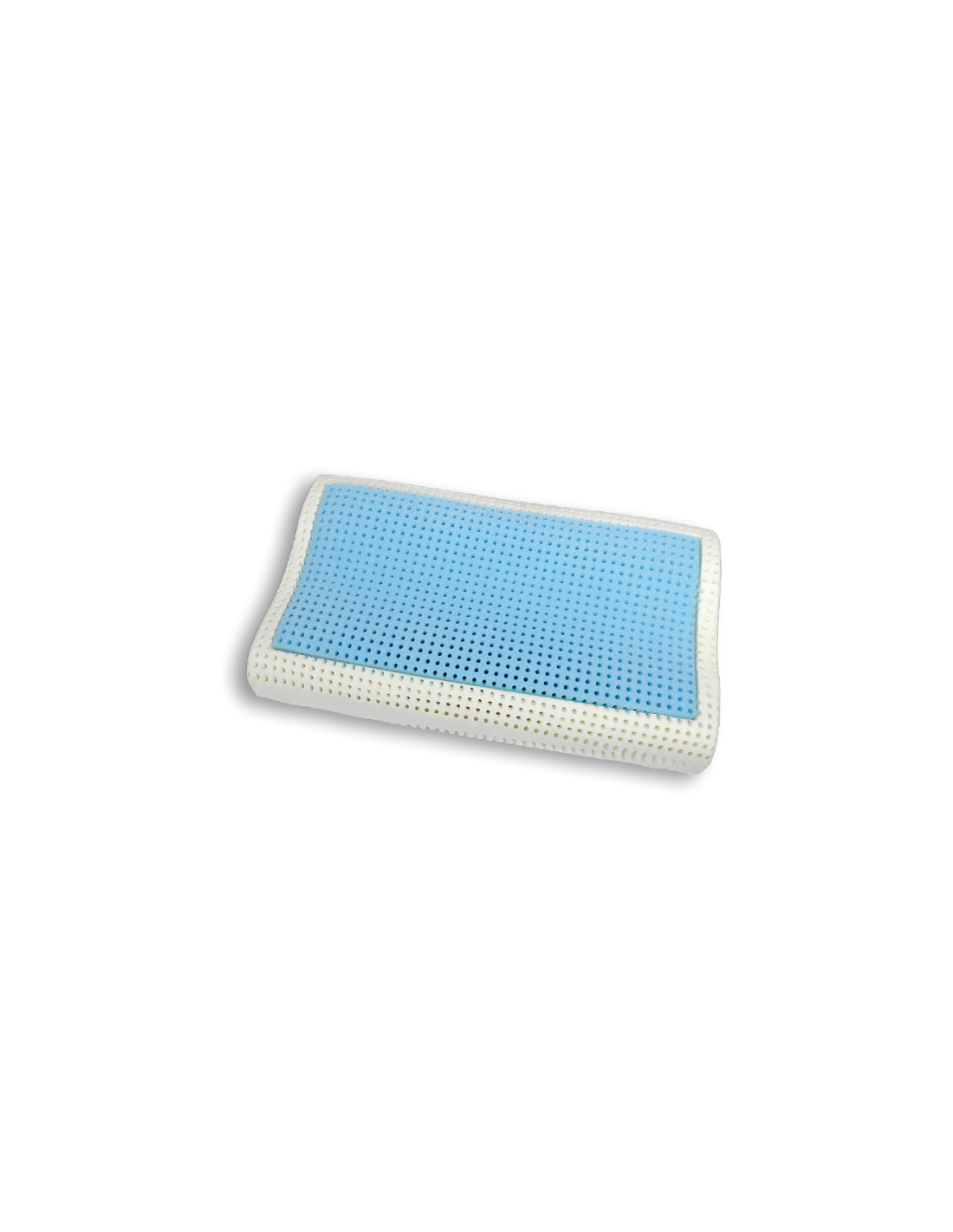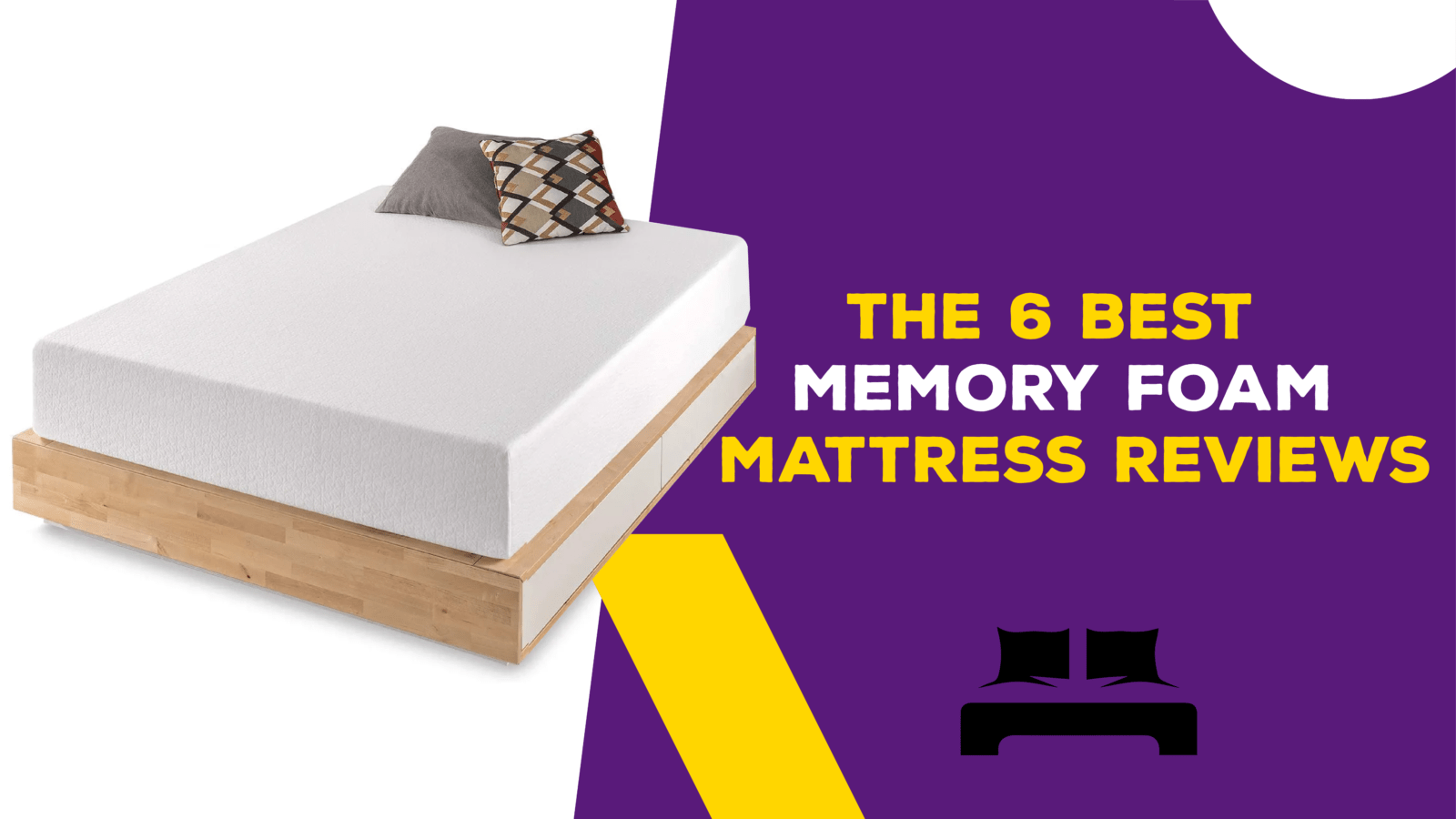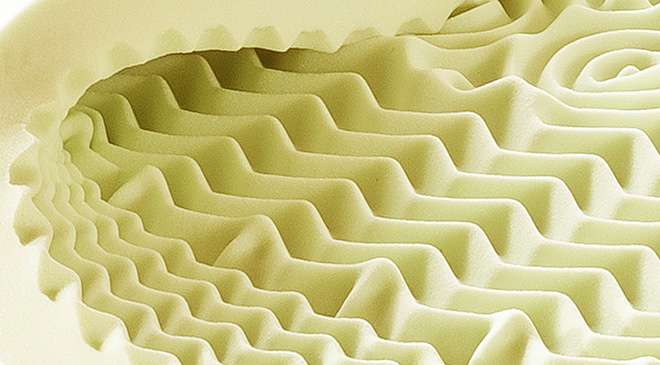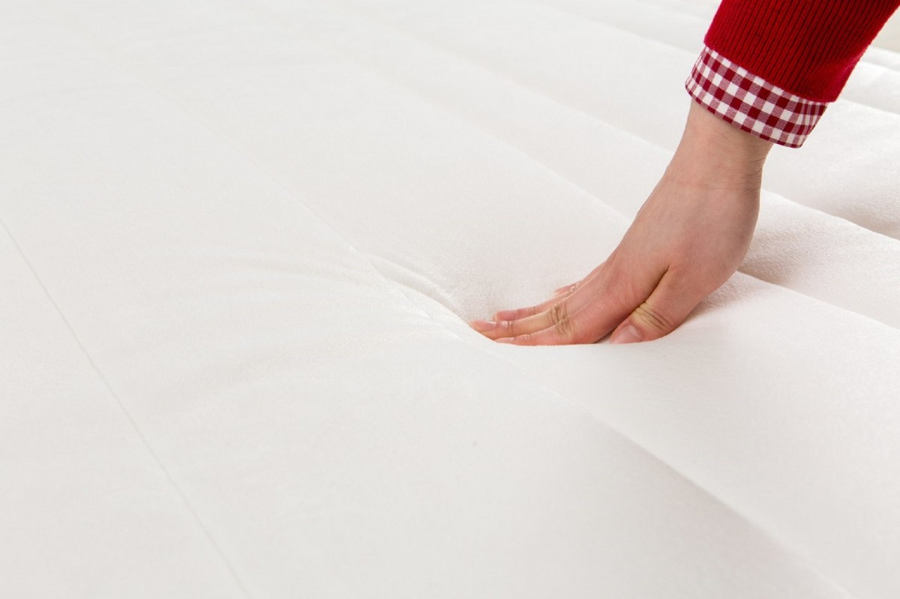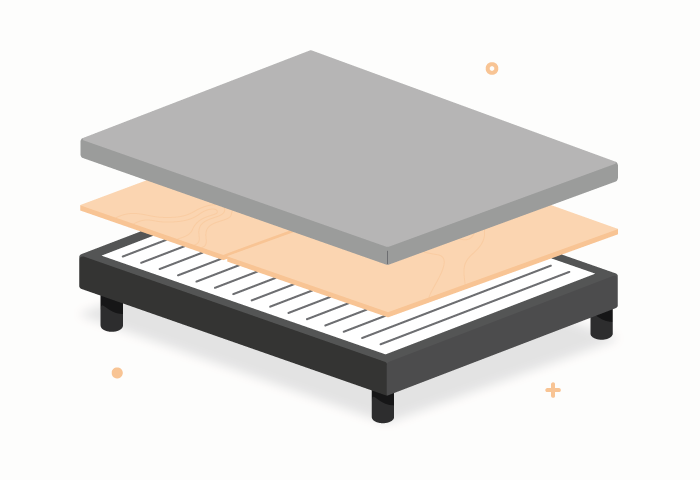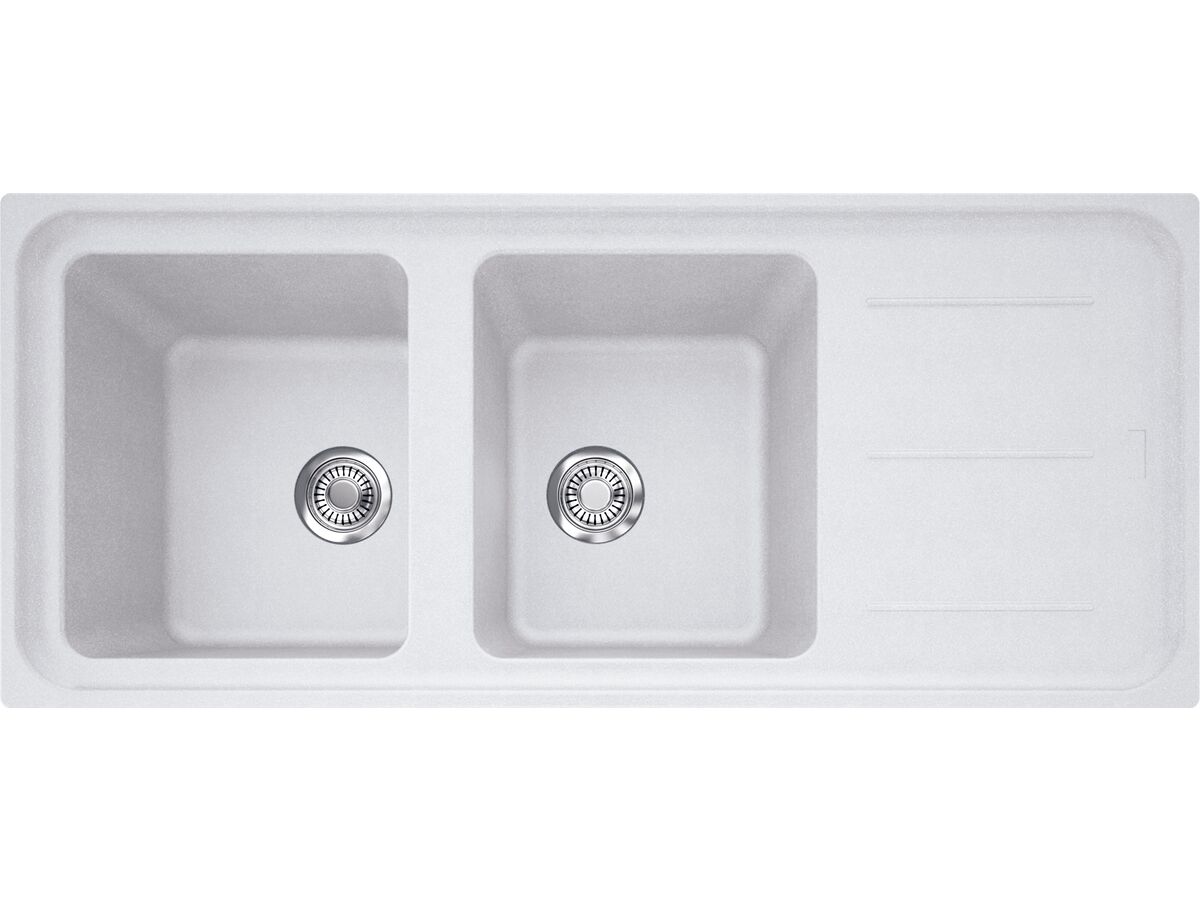Memory foam mattresses have become increasingly popular in recent years due to their ability to conform to the body and provide superior comfort while sleeping. However, like any other mattress, memory foam mattresses can also develop problems over time. One common issue that many sleepers face is mattress deformation. This can be frustrating and uncomfortable, but the good news is that there are ways to fix it. In this article, we will discuss the causes of memory foam mattress deformation and how to restore your mattress to its original shape.Memory Foam Mattress Deformed: What Causes It and How to Fix It
One of the most common issues with memory foam mattresses is sagging or sinking in certain areas. This can be caused by several factors, such as the weight of the sleeper, the quality of the foam, and the age of the mattress. If you notice that your mattress is sagging, there are a few things you can do to fix it. Solution 1: Rotate your mattress: One simple solution to fix a sagging memory foam mattress is to rotate it regularly. This will distribute the weight evenly and prevent one side from bearing all the weight, leading to sagging. It is recommended to rotate the mattress every 3-6 months. Solution 2: Use a mattress topper: If your mattress is still relatively new and not too damaged, you can try using a mattress topper to provide extra support and cushioning. This can help alleviate pressure points and prevent further sagging. Solution 3: Replace the foam layers: If your mattress is old and heavily sagging, it may be time to replace the foam layers. You can contact the manufacturer or a local mattress store to get replacement foam layers and restore your mattress to its original shape.How to Fix a Sagging Memory Foam Mattress
Aside from sagging, there are other common problems that can occur with memory foam mattresses. Here are five of them and how to solve them: 1. Heat retention: Memory foam mattresses are known for trapping body heat, which can be uncomfortable for some sleepers. To combat this, you can opt for a memory foam mattress with gel-infused foam or use breathable sheets and a mattress protector. 2. Off-gassing: When you first purchase a memory foam mattress, it may have a strong chemical smell due to off-gassing. To get rid of the odor, you can air out the mattress in a well-ventilated room or use a mattress cover to trap the smell. 3. Motion transfer: Memory foam mattresses are known for their ability to isolate motion, but if you have a restless partner, it can still be an issue. To reduce motion transfer, you can opt for a hybrid mattress with pocketed coils or use a mattress topper with a higher density foam. 4. Allergies: Some people may experience allergies when using a memory foam mattress due to the materials used. To combat this, make sure to choose a hypoallergenic memory foam mattress and regularly clean your mattress and bedding. 5. Edge support: Memory foam mattresses may not have the best edge support, which can be a problem for those who like to sit or sleep on the edge of the bed. To improve edge support, you can opt for a hybrid mattress or use a mattress topper with a higher density foam on the edges.5 Common Memory Foam Mattress Problems and How to Solve Them
Now that we know how to fix a sagging memory foam mattress, let's discuss how to prevent it from happening in the first place. Here are some reasons why your memory foam mattress may be sagging and how to prevent it: 1. Poor quality foam: Low-quality memory foam may not be able to retain its shape and support for a long time, leading to sagging. To prevent this, make sure to invest in a high-quality memory foam mattress with at least a 4-pound density. 2. Improper foundation: Memory foam mattresses require a supportive foundation to prevent sagging. If you are using an old or weak foundation, it may not be able to support the weight of the mattress and cause sagging. Make sure to use a sturdy foundation or a platform bed with slats no more than 3 inches apart. 3. Sleeping position: Your sleeping position can also affect the durability of your memory foam mattress. If you are a stomach sleeper, you may be putting more pressure on certain areas of the mattress, leading to sagging. Try to switch up your sleeping position to avoid putting excessive weight on one area of the mattress.Why Your Memory Foam Mattress is Sagging and How to Prevent It
If your memory foam mattress has already started to sag, here are some ways to restore it to its original shape: 1. Use a mattress topper: As mentioned earlier, a mattress topper can help provide extra support and cushioning to a sagging memory foam mattress. Make sure to choose a topper with a higher density foam and place it on top of your mattress. 2. Vacuum the mattress: Over time, dead skin cells, dust, and other particles can accumulate in your mattress, causing it to lose its shape. Vacuuming your mattress regularly can help remove these particles and restore the mattress to its original shape. 3. Steam clean: For deeper cleaning, you can use a steam cleaner to get rid of stains and bacteria that may be contributing to the sagging. Just make sure to use a low heat setting to avoid damaging the foam. 4. Replace the foam layers: If your mattress is heavily sagging, you may need to replace the foam layers. Contact the manufacturer or a local mattress store to get replacement foam layers and restore your mattress to its original shape.How to Restore Your Memory Foam Mattress to Its Original Shape
In addition to sagging, memory foam mattresses can also develop other forms of deformation, such as lumps or indentations. Here are some common causes of memory foam mattress deformation and how to solve them: 1. Improper storage: If you store your mattress in a compressed or folded position, it can cause the foam to become permanently deformed. Make sure to store your mattress in a flat or upright position to prevent this from happening. 2. Excessive weight: If your mattress is not able to support the weight of the sleeper or other heavy objects, it can lead to deformation. Make sure to follow the weight limit guidelines provided by the manufacturer. 3. Poor quality materials: As mentioned earlier, low-quality memory foam may not be able to retain its shape and support for a long time, leading to deformation. Make sure to invest in a high-quality memory foam mattress to avoid this issue.Memory Foam Mattress Deformation: Causes and Solutions
If your memory foam mattress has developed lumps, it can be uncomfortable and disrupt your sleep. Here are some ways to fix a lumpy memory foam mattress: 1. Use a mattress topper: A mattress topper can help provide extra support and cushioning to a lumpy memory foam mattress. Make sure to choose a topper with a higher density foam and place it on top of your mattress. 2. Massage the lumps: Gently massaging the lumpy areas of the mattress can help redistribute the foam and alleviate the lumps. Make sure to be gentle to avoid damaging the foam further. 3. Replace the foam layers: If the lumps are too severe, you may need to replace the foam layers. Contact the manufacturer or a local mattress store to get replacement foam layers and restore your mattress to its original shape.How to Fix a Lumpy Memory Foam Mattress
If your memory foam mattress is losing its shape, it can be frustrating and uncomfortable. Here are some reasons why this may be happening and how to fix it: 1. Poor quality foam: As mentioned earlier, low-quality memory foam may not be able to retain its shape and support for a long time. To prevent this, make sure to invest in a high-quality memory foam mattress with at least a 4-pound density. 2. Improper foundation: An old or weak foundation may not be able to support the weight of the mattress, causing it to lose its shape. Make sure to use a sturdy foundation or a platform bed with slats no more than 3 inches apart. 3. Age of the mattress: Like any other mattress, memory foam mattresses also have a lifespan. If your mattress is old and has been used for more than 8 years, it may be time to replace it with a new one.Why Your Memory Foam Mattress is Losing Its Shape and How to Fix It
Now that we know the causes and solutions for memory foam mattress deformation, let's discuss some tips to prevent it from happening in the first place: 1. Rotate your mattress: As mentioned earlier, rotating your mattress every 3-6 months can help distribute the weight evenly and prevent sagging and other forms of deformation. 2. Use a mattress protector: A mattress protector can help protect your mattress from spills, stains, and other forms of damage that can contribute to deformation. Make sure to choose a breathable and waterproof mattress protector. 3. Avoid jumping on the mattress: Jumping or walking on the mattress can cause damage to the foam layers and lead to deformation. Make sure to avoid this to prolong the lifespan of your mattress. 4. Clean your mattress regularly: Regular cleaning can help remove dust, dead skin cells, and other particles that can contribute to deformation. Vacuum your mattress regularly and use a mattress cleaner for deeper cleaning.Memory Foam Mattress Care: How to Prevent Deformation
Lastly, if you are in the market for a new memory foam mattress, here are some tips to help you choose a high-quality one that will last longer and avoid deformation: 1. Check the foam density: The density of memory foam is measured in pounds per cubic foot (PCF). Make sure to choose a mattress with at least a 4-pound density to ensure its durability and support. 2. Consider the thickness: Memory foam mattresses come in various thicknesses, and the thicker the mattress, the more support it can offer. Make sure to choose a mattress with at least a 10-inch thickness for optimal support and comfort. 3. Look for certifications: Certifications such as CertiPUR-US and OEKO-TEX ensure that the mattress is made with safe and high-quality materials that won't harm your health or the environment. 4. Read reviews: Before making a purchase, it's always a good idea to read reviews from other customers to get an idea of the mattress's quality and durability. Look for reviews from verified buyers to ensure authenticity. In conclusion, memory foam mattress deformation can be frustrating, but with the right knowledge and precautions, it can be prevented and fixed. Make sure to invest in a high-quality memory foam mattress, follow proper maintenance and care, and address any issues promptly to ensure a comfortable and supportive sleep surface for years to come.How to Choose a High-Quality Memory Foam Mattress to Avoid Deformation
How to Prevent Your Memory Foam Mattress from Becoming Deformed

Understanding Memory Foam Mattresses
 Memory foam mattresses have gained immense popularity in recent years due to their ability to conform to the shape of the body, providing unparalleled comfort and support while sleeping. This material was originally developed by NASA for their astronauts to help alleviate pressure during takeoff. However, as memory foam mattresses have become more affordable and widely available, many people have made the switch from traditional spring mattresses. While memory foam mattresses offer many benefits, one common issue that users may experience is their mattress becoming deformed over time. In this article, we will discuss the causes of memory foam mattress deformation and how to prevent it.
Memory foam mattresses have gained immense popularity in recent years due to their ability to conform to the shape of the body, providing unparalleled comfort and support while sleeping. This material was originally developed by NASA for their astronauts to help alleviate pressure during takeoff. However, as memory foam mattresses have become more affordable and widely available, many people have made the switch from traditional spring mattresses. While memory foam mattresses offer many benefits, one common issue that users may experience is their mattress becoming deformed over time. In this article, we will discuss the causes of memory foam mattress deformation and how to prevent it.
Causes of Memory Foam Mattress Deformation
 The main cause of memory foam mattress deformation is the breakdown of the foam cells over time. This can be due to the constant weight and pressure from the body, causing the foam to lose its ability to bounce back to its original shape. Other factors that can contribute to mattress deformation include improper storage or transportation, excessive heat exposure, and poor quality materials.
The main cause of memory foam mattress deformation is the breakdown of the foam cells over time. This can be due to the constant weight and pressure from the body, causing the foam to lose its ability to bounce back to its original shape. Other factors that can contribute to mattress deformation include improper storage or transportation, excessive heat exposure, and poor quality materials.
Preventative Measures
 To prevent your memory foam mattress from becoming deformed, there are a few simple steps you can take. Firstly, make sure to rotate your mattress regularly, at least every three months, to distribute the weight and pressure evenly. This will prevent the foam cells from breaking down in specific areas. Additionally, invest in a good quality mattress protector to protect your mattress from spills, stains, and dust mites, which can also contribute to deformation.
To prevent your memory foam mattress from becoming deformed, there are a few simple steps you can take. Firstly, make sure to rotate your mattress regularly, at least every three months, to distribute the weight and pressure evenly. This will prevent the foam cells from breaking down in specific areas. Additionally, invest in a good quality mattress protector to protect your mattress from spills, stains, and dust mites, which can also contribute to deformation.
Choosing the Right Foundation
 Another important factor to consider when it comes to preventing mattress deformation is the foundation on which your mattress sits. Memory foam mattresses are best supported by a solid, flat surface, such as a platform bed or a slatted bed frame with no more than 3 inches between slats. Avoid using a traditional box spring, as the gaps between the springs can cause uneven weight distribution and lead to deformation over time.
Another important factor to consider when it comes to preventing mattress deformation is the foundation on which your mattress sits. Memory foam mattresses are best supported by a solid, flat surface, such as a platform bed or a slatted bed frame with no more than 3 inches between slats. Avoid using a traditional box spring, as the gaps between the springs can cause uneven weight distribution and lead to deformation over time.
Conclusion
 By following these preventative measures and choosing the right foundation, you can prolong the lifespan of your memory foam mattress and prevent it from becoming deformed. Remember to also invest in a high-quality mattress made from durable materials to ensure its longevity. With proper care and maintenance, your memory foam mattress will continue to provide you with a comfortable and supportive sleep for years to come.
By following these preventative measures and choosing the right foundation, you can prolong the lifespan of your memory foam mattress and prevent it from becoming deformed. Remember to also invest in a high-quality mattress made from durable materials to ensure its longevity. With proper care and maintenance, your memory foam mattress will continue to provide you with a comfortable and supportive sleep for years to come.


